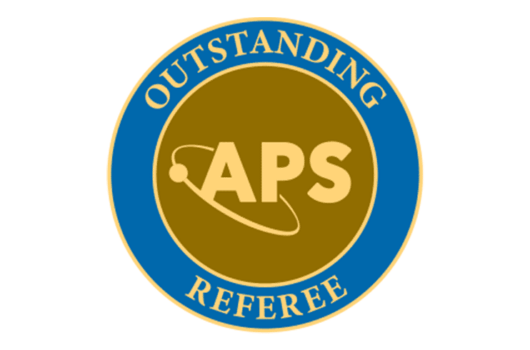Gravitational wave signatures from the phase-transition-induced collapse of a magnetized neutron star
Gravitational wave signatures from the phase-transition-induced collapse of a magnetized neutron star
View
Abstract
Strong magnetic fields make neutron stars potential sources of detectable electromagnetic and gravitational-wave signals. Hence, inferring these magnetic fields is critical to understand the emissions of neutron stars. However, due to the lack of direct observational evidence, the interior magnetic field configuration remains ambiguous. Here, for the first time, we show that the internal magnetic field strength along with the composition of a neutron star can be directly constrained by detecting the gravitational waves from the phase-transition-induced collapse of a magnetized neutron star. By dynamically simulating this collapsing event, we first find that the dominant peaks in the gravitational waveform are the fundamental ![]() quasi-radial
quasi-radial ![]() mode and the fundamental
mode and the fundamental ![]() quadrupolar
quadrupolar ![]() mode. We next show that the maximum gravitational wave amplitude
mode. We next show that the maximum gravitational wave amplitude ![]() increases with the maximum magnetic field strength of the interior toroidal field
increases with the maximum magnetic field strength of the interior toroidal field ![]() until the maximum rest-mass density at bounce
until the maximum rest-mass density at bounce ![]() decreases due to the increasing
decreases due to the increasing ![]() . We then demonstrated that the magnetic suppression of fundamental modes found in our previous work remains valid for the hybrid stars formed after the phase-transition-induced collapses. We finally show that measuring the frequency ratio between the two fundamental modes
. We then demonstrated that the magnetic suppression of fundamental modes found in our previous work remains valid for the hybrid stars formed after the phase-transition-induced collapses. We finally show that measuring the frequency ratio between the two fundamental modes ![]() allows one to infer
allows one to infer ![]() and the baryonic mass fraction of matter in the mixed phase
and the baryonic mass fraction of matter in the mixed phase ![]() of the resulting hybrid star. Consequently, taking
of the resulting hybrid star. Consequently, taking ![]() and
and ![]() as examples, this work has demonstrated that much information inside neutron stars could be extracted similarly through measuring the oscillation modes of the stars.
as examples, this work has demonstrated that much information inside neutron stars could be extracted similarly through measuring the oscillation modes of the stars.




